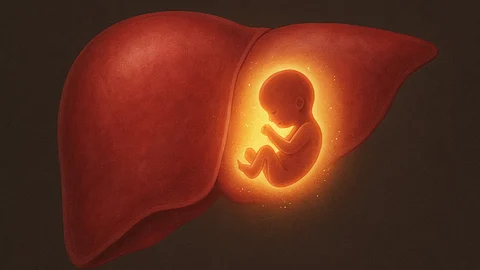Symptoms and Diagnosis Challenges
The woman’s symptoms—persistent abdominal pain, nausea, vomiting, weakness, and abnormal bleeding—mimicked other conditions, delaying diagnosis. Routine ultrasounds failed to identify the issue, but the high-resolution MRI provided critical clarity.
Dr. Anuradha Kapur, a gynecology expert, in conversation with CNBC TV18, noted that ectopic pregnancies are typically diagnosed via blood tests for hCG levels and transvaginal ultrasounds, with laparoscopy used in complex cases. The Meerut case underscores the value of advanced imaging in detecting rare anomalies.


